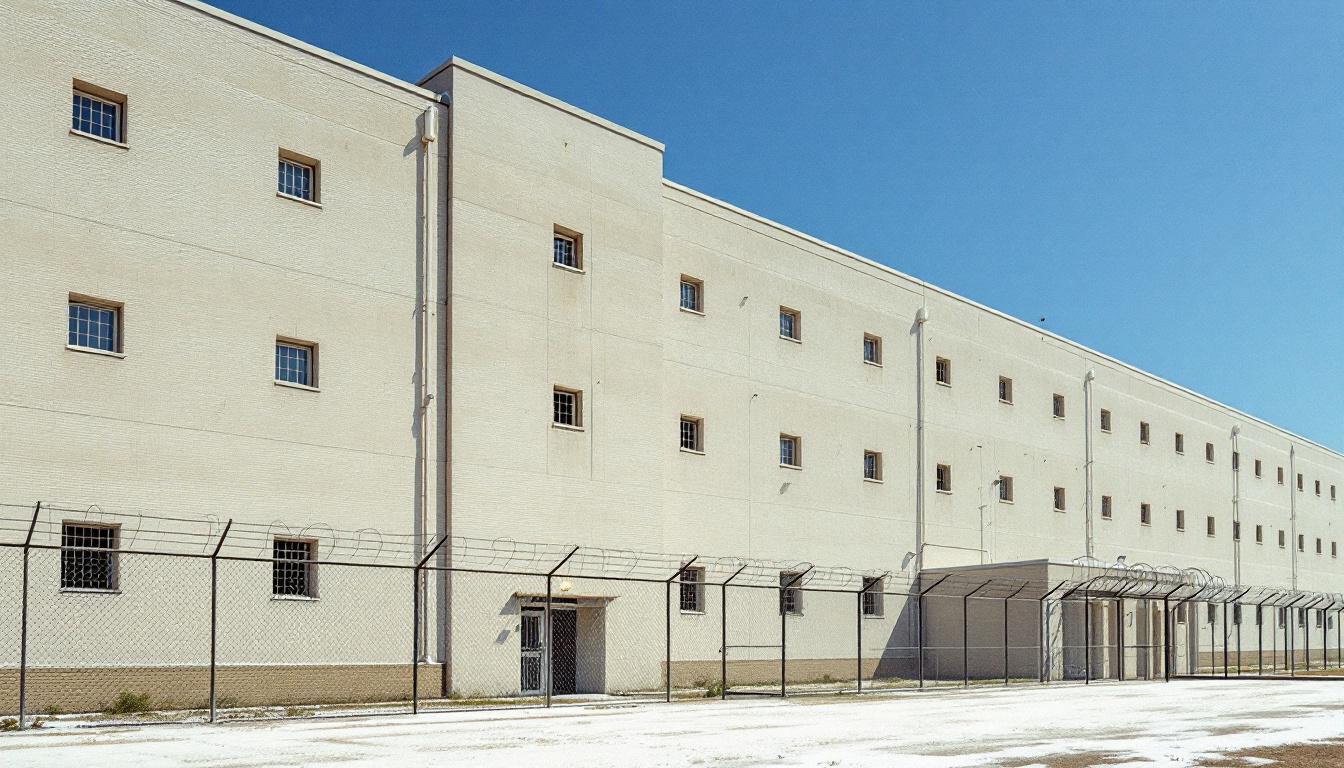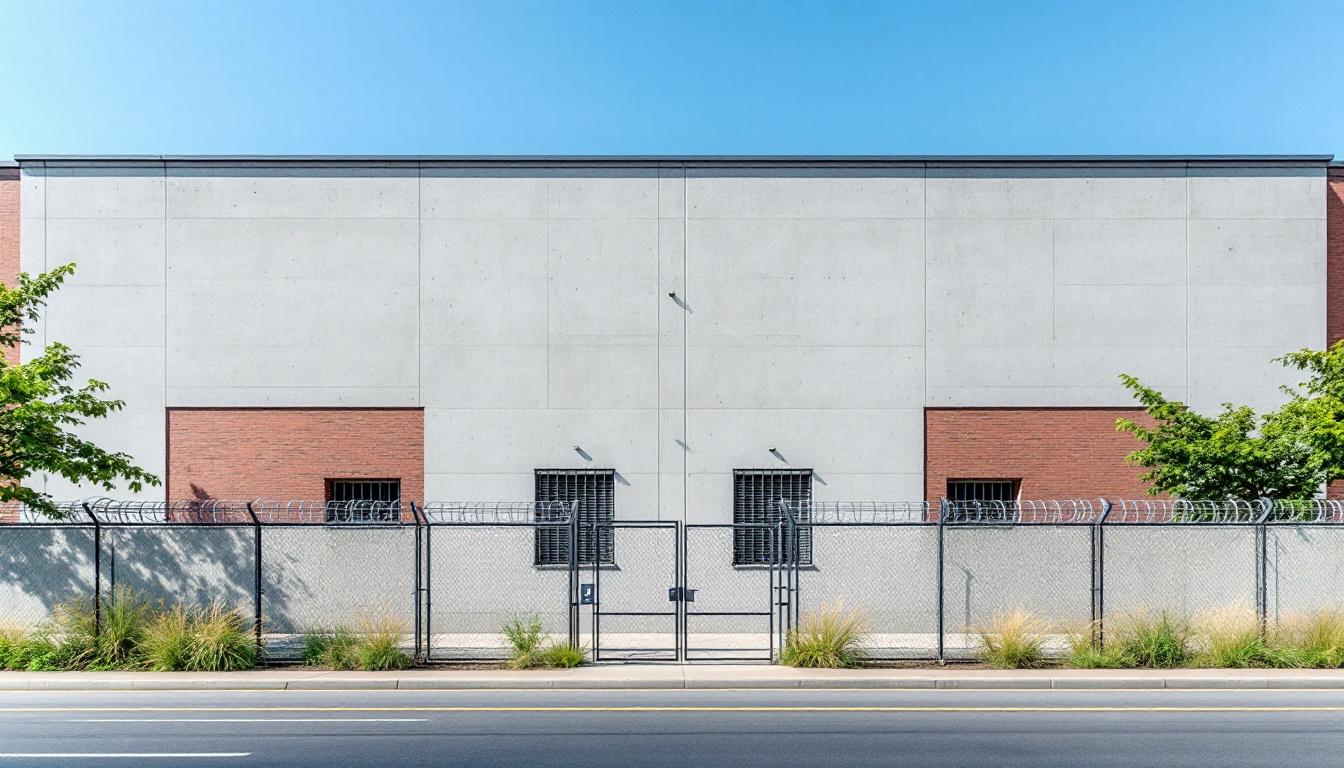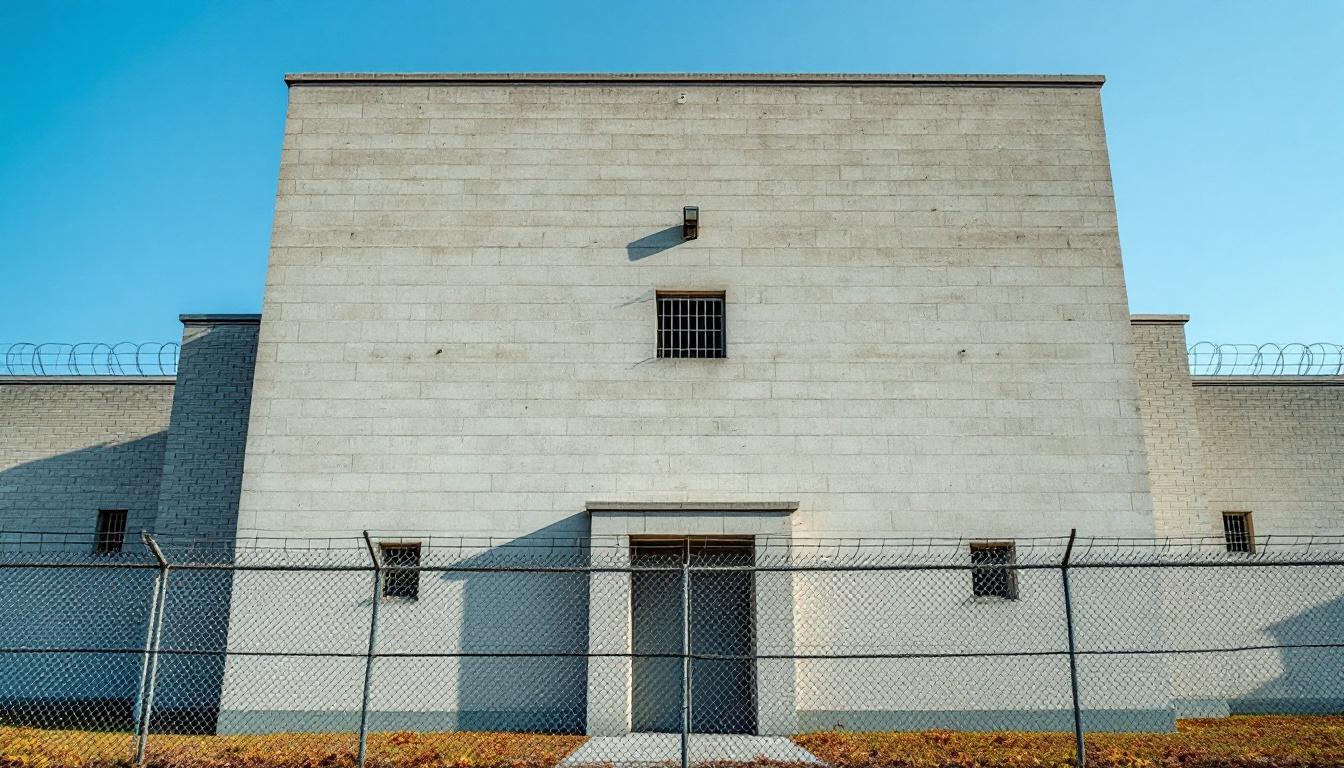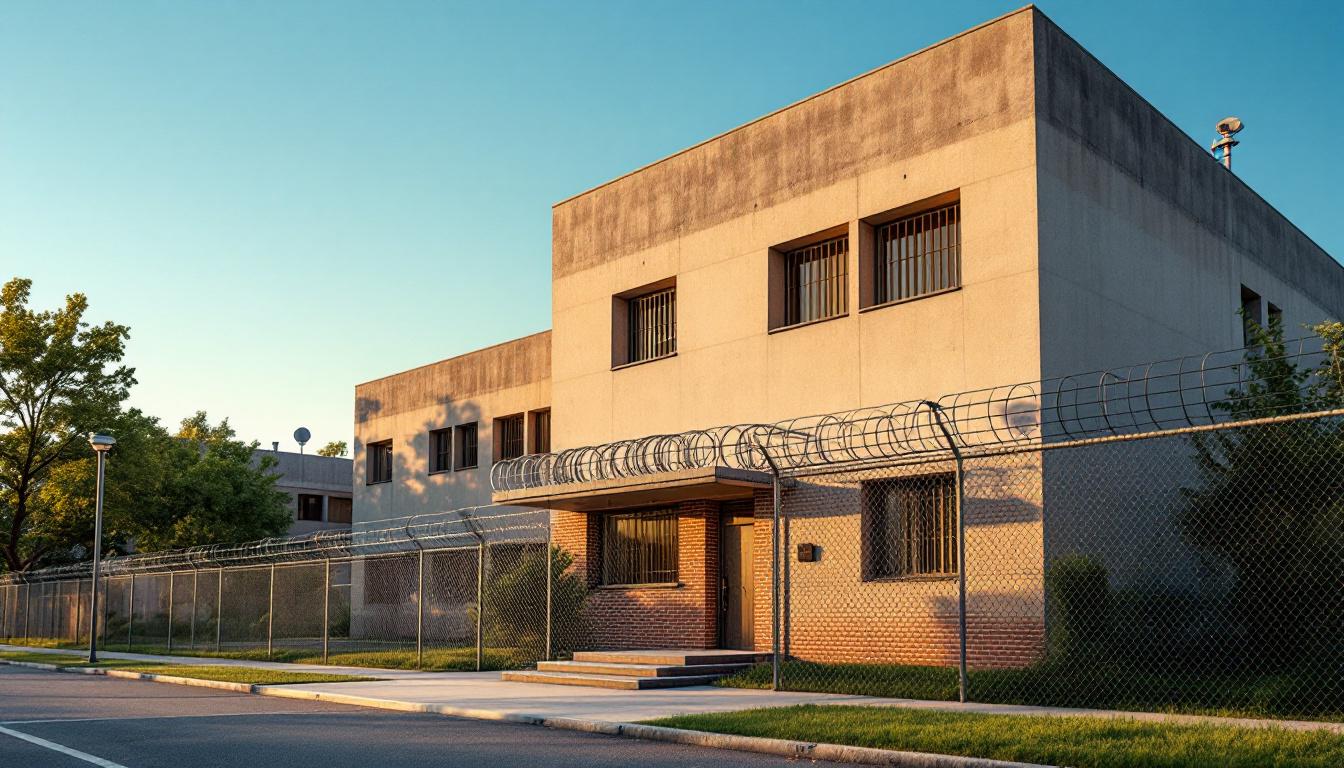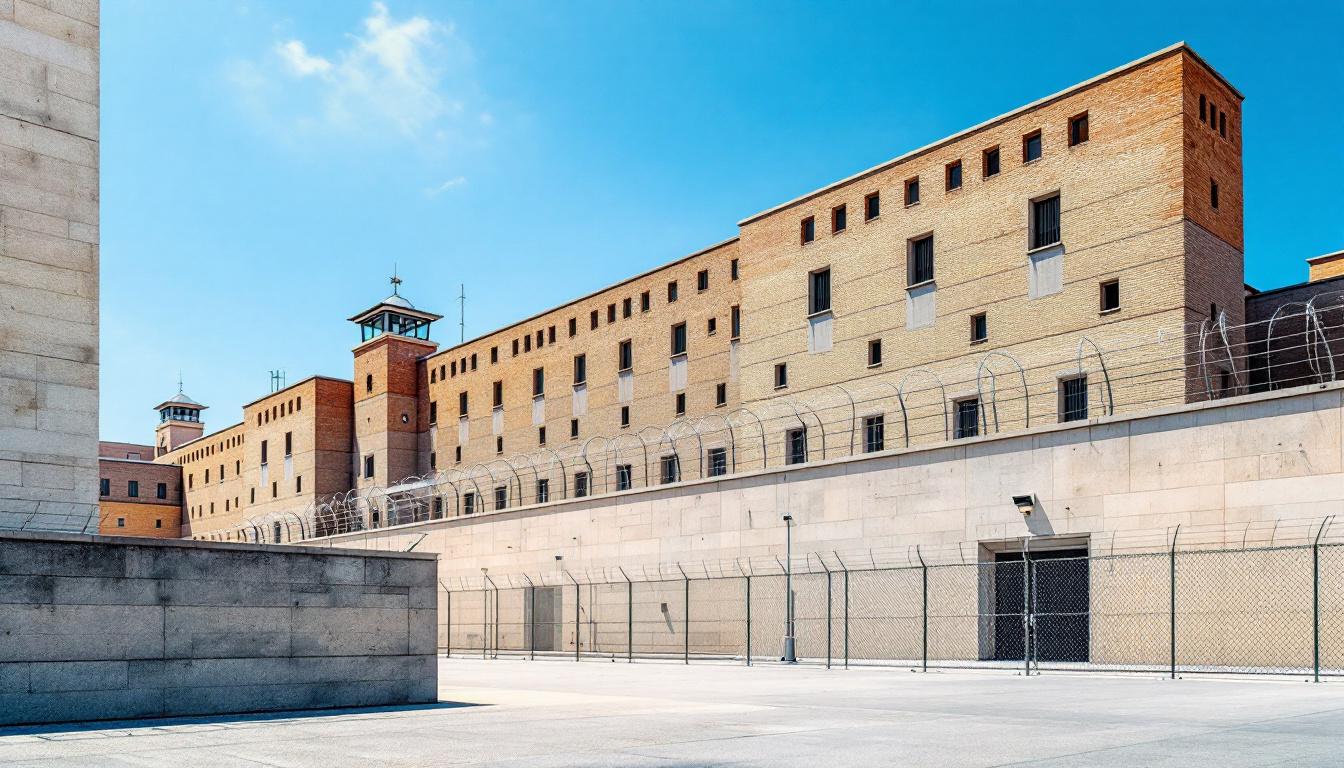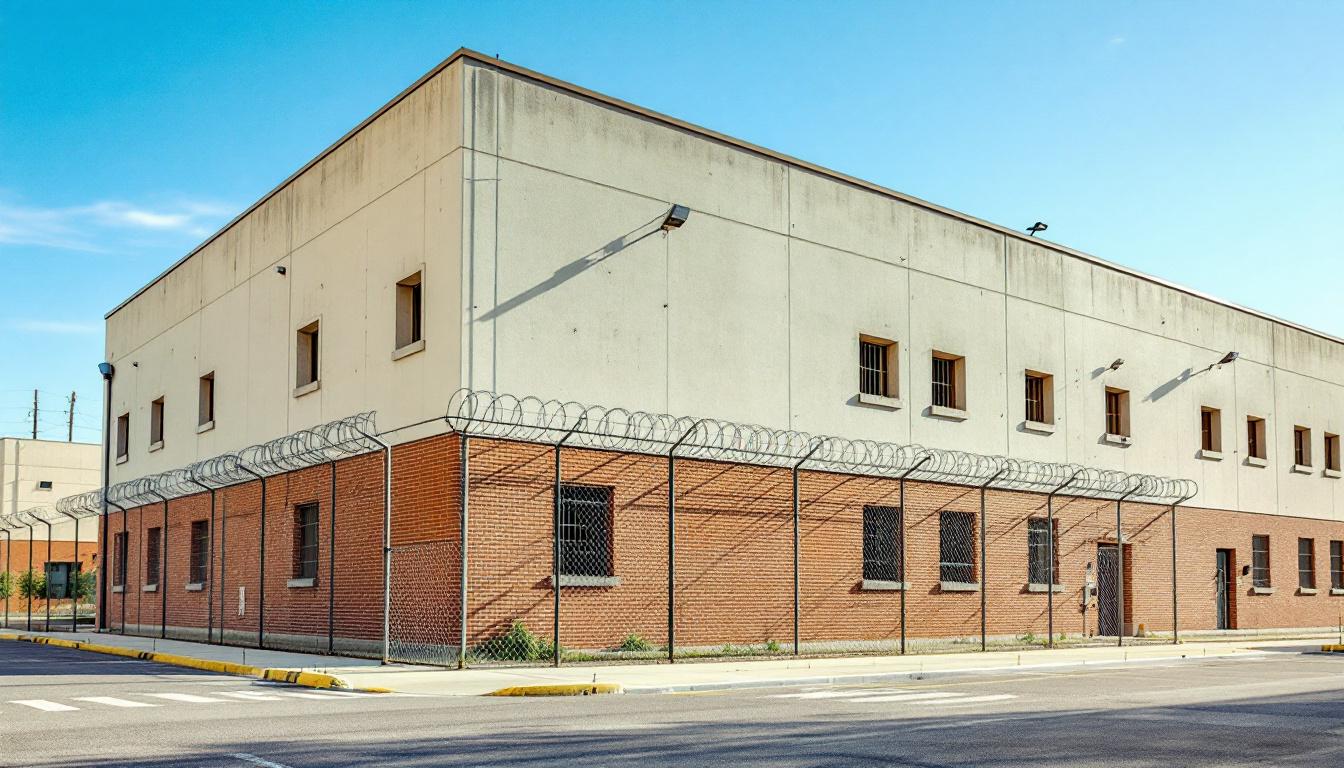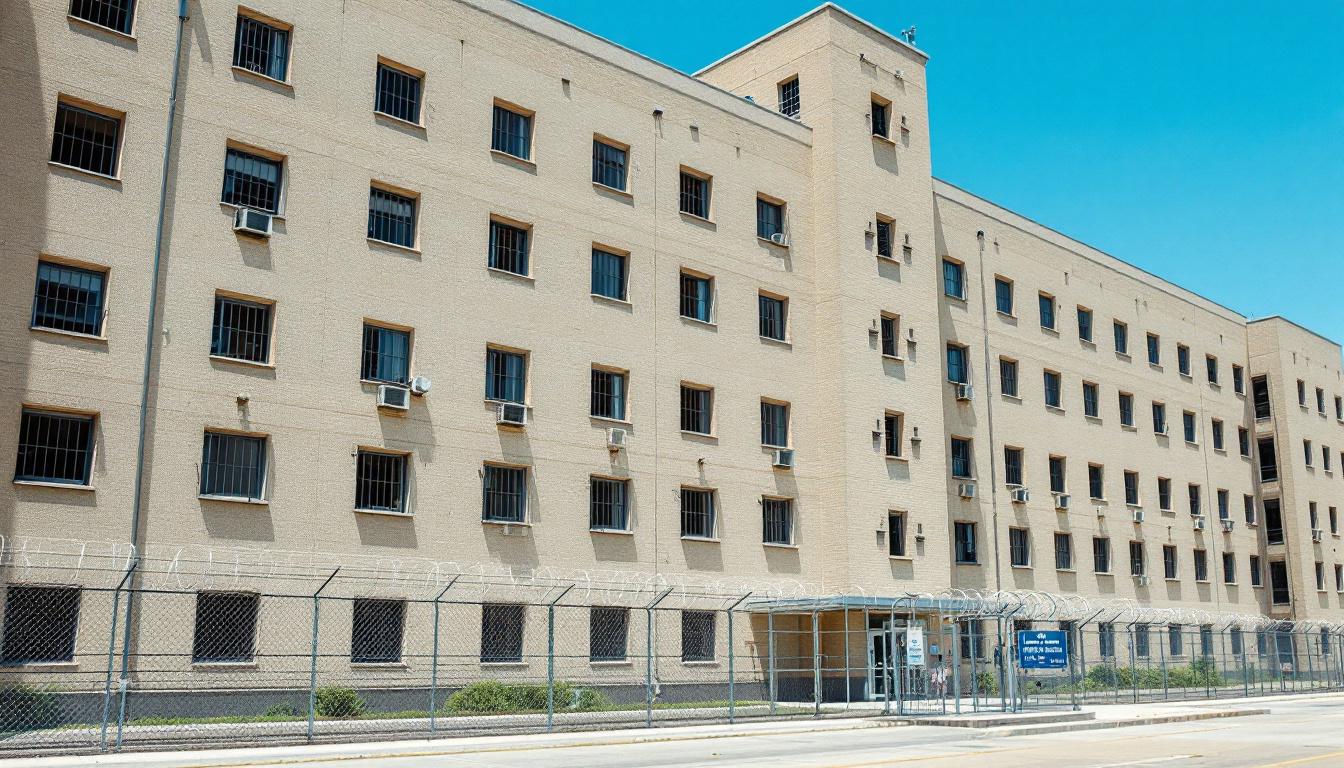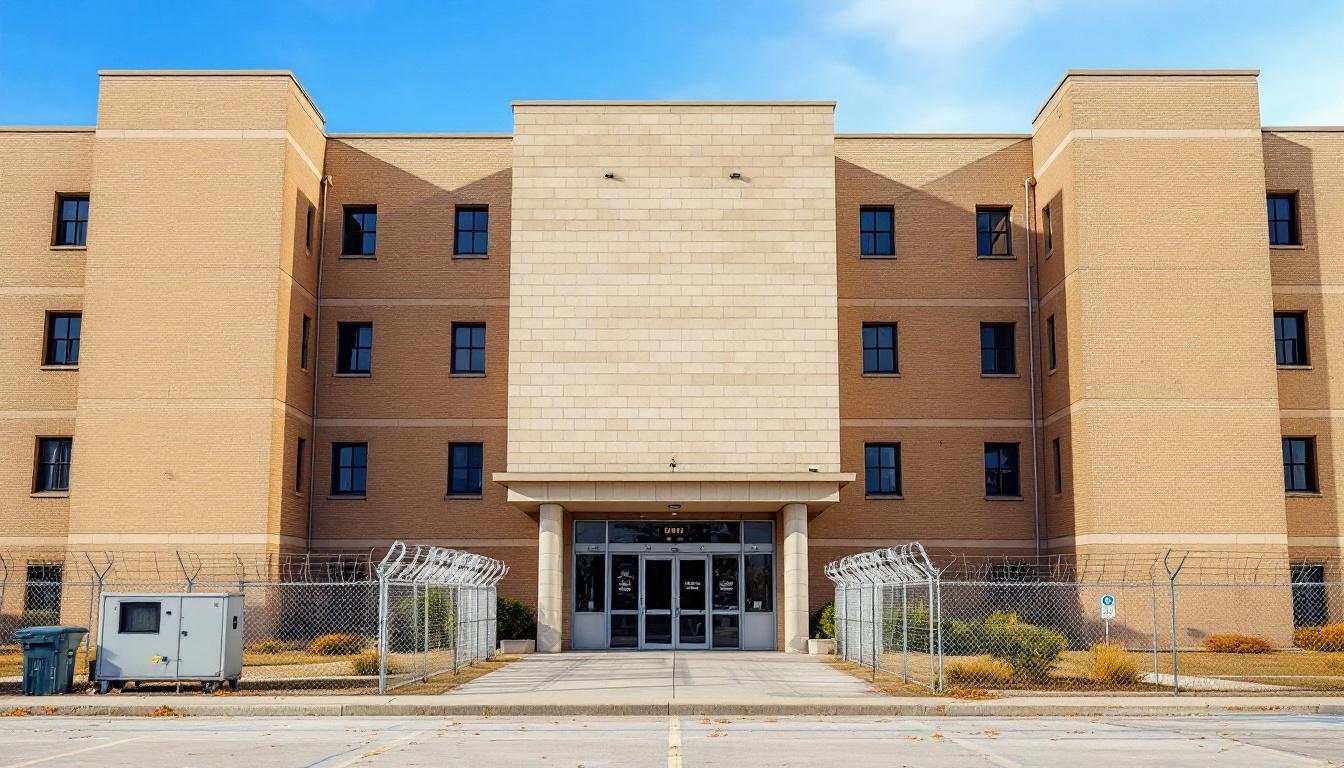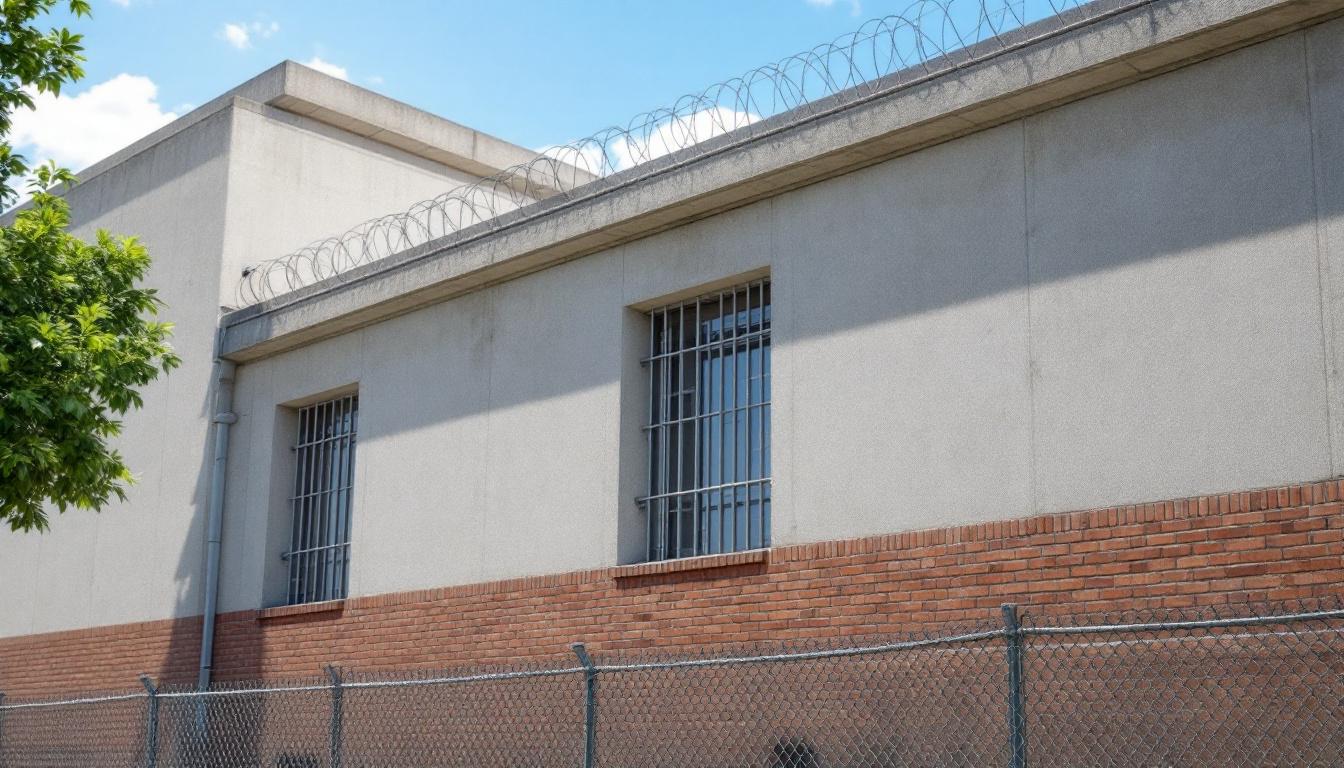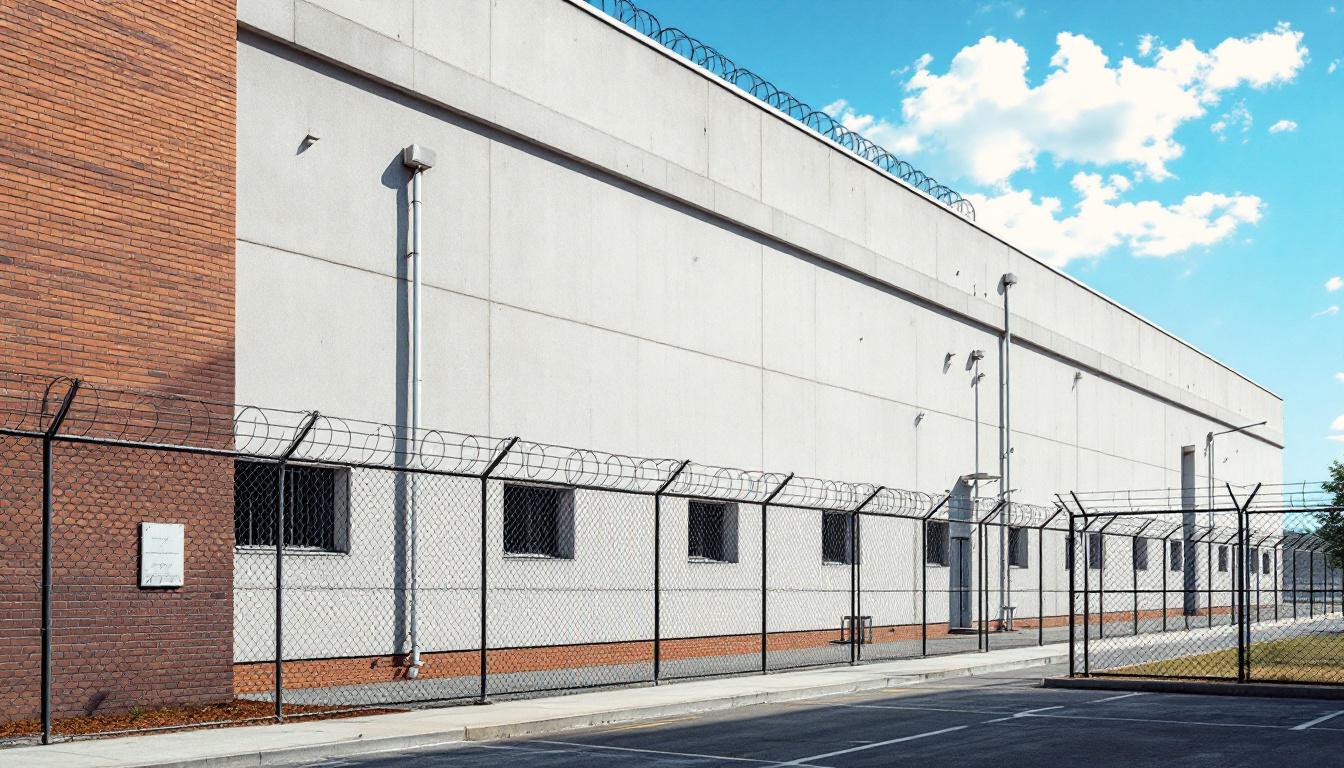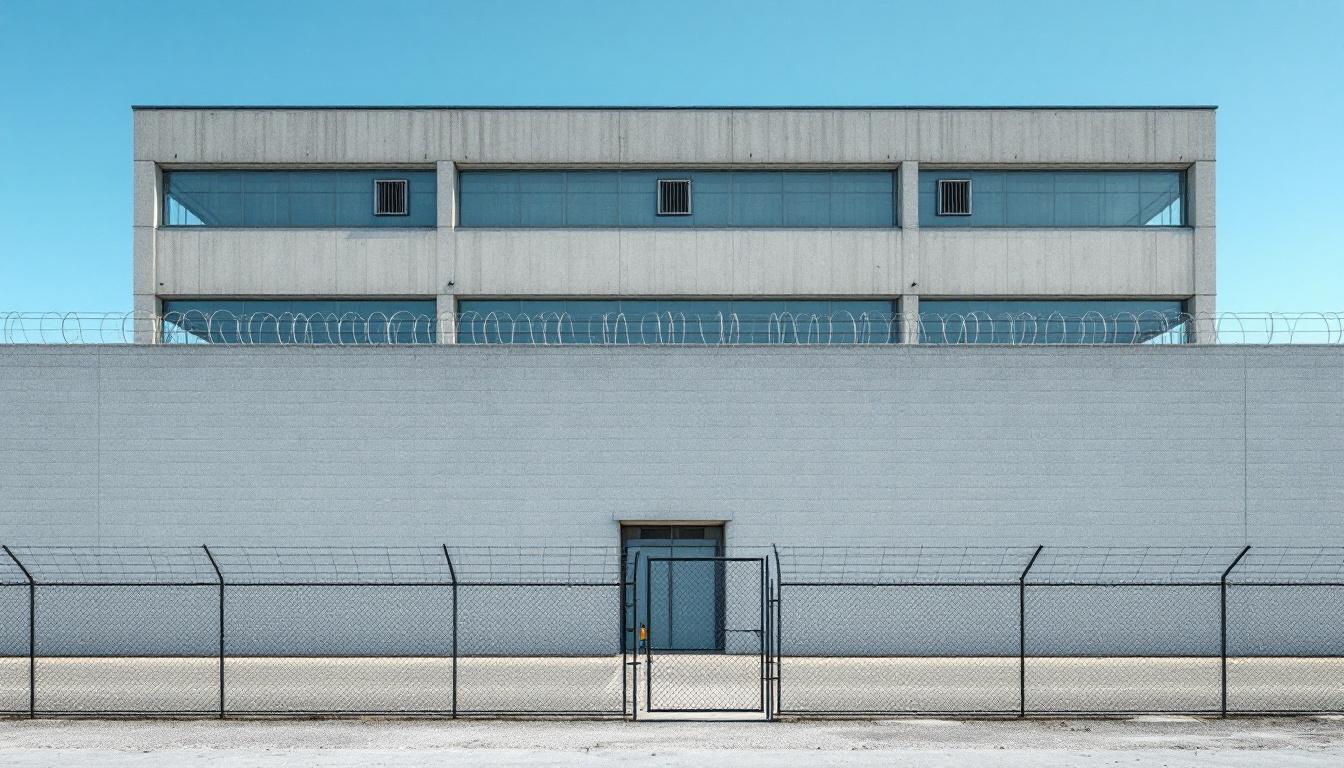
Quick Navigation
How to contact an inmate at Julius Klein Conservation Camp #19
This comprehensive guide will walk you through how to connect with an inmate at Julius Klein Conservation Camp #19. Follow the steps below to find an inmate and send letters and photos:
- Search for the inmate using our search tool below
- Create your account or log in to Penmate
- Write your message (up to 6,000 characters)
- Send instantly - inmates receive printed copies daily
Find an Inmate
Search for an inmate to start communicating today
Tip: You can search by first name, last name, or inmate ID number
To contact a person at Julius Klein Conservation Camp #19 start by searching for the person on the official facility website. Perform a search by following these steps:
- Step 1: Enter their first name and last name into the search form and click "Search"
- Step 2: Locate their inmate record
- Step 3: Write down their Inmate ID and any housing information provided
Important! Be sure to enter the person's full name. Nicknames should not be used.
How to Send Messages to Inmates

You can use your phone or computer to send emails, letters, and photos to an inmate. Messages are sent electronically to inmate tablets or kiosks at the facility. If you would like to send a message, start by searching for an inmate at Julius Klein Conservation Camp #19.
Sending Photos and Postcards

A great way to send love and support to a loved one at Julius Klein Conservation Camp #19 is to send photos and postcards. It only takes a few minutes to send photos from your phone and it makes a huge difference. You can also mail postcards with words of support and inspiration, or design your own postcard for special moments like birthdays and holidays.
Important! Be sure not to send any explicit photos or they may not be approved by the facility. You can also use a photo printing app like Penmate to make sure your photos are printed at the correct size (4x6 or 3x5) and are mailed according to the rules and regulations of Julius Klein Conservation Camp #19.
Frequently asked questions about Julius Klein Conservation Camp #19
-
How long does it take to deliver a message?
If you're sending an email message your letter is usually delivered within 24-48 hours. For messages sent via mail you should expect delivery within 3-7 days. All messages will need be approved by Julius Klein Conservation Camp #19.
-
How much does it cost to send a message to Julius Klein Conservation Camp #19?
You can send a message free using your phone or mail a message via USPS for the price of a $0.60 stamp and envelope. You can also purchase credits or e-stamps from services starting at $1.99.
-
What services can I use to contact an inmate at Julius Klein Conservation Camp #19?
Penmate
You can use Penmate to send letters and photos to an inmate from your phone. It's an easy way to stay in touch during your loved one's incarceration. Use the inmate locator to find an inmate's location and contact information, then you can send messages within a few minutes.
Securus messaging
Securus may be another option for communicating with an inmate at Julius Klein Conservation Camp #19. You can create a friends and family account and purchase credits to send messages. All messages will be reviewed and must be approved by the facility.
JPay
Some county jails and state prisons may support sending messages with JPay. You must register an account with the system, find your loved one, and purchase stamps to send messages. For some locations you can also attach photos.
Smart Jail Mail
You may also check if Smart Jail Mail is available at Julius Klein Conservation Camp #19. Smart Jail Mail is operated by Smart Communications and has contracted with some state and county jails. After purchasing credits, your messages and photos are sent to the facility, printed out, and then handed out to your loved one.
-
What is the mailing address of Julius Klein Conservation Camp #19?
Mailing address:
Julius Klein Conservation Camp #19
2367 E Fork Rd
Azusa, CA 91702
-
What are the visiting hours at Julius Klein Conservation Camp #19?
Visiting hours at Julius Klein Conservation Camp #19 vary by housing unit and security level. Generally, visits are scheduled on weekends and holidays, with some facilities offering weekday visits. Contact the facility directly for the current visiting schedule. Visits typically last 30-60 minutes and must be scheduled in advance.
-
What items are prohibited when sending mail to Julius Klein Conservation Camp #19?
Prohibited items typically include: cash, personal checks, stamps, stickers, glitter, glue, tape, staples, paperclips, polaroid photos, musical or blank greeting cards, hardcover books, magazines with staples, and any items containing metal or electronics. Only send letters on plain white paper with blue or black ink. Photos must be printed on regular photo paper (no Polaroids). Always check with Julius Klein Conservation Camp #19 for their specific mail policies.
-
How do I send money to an inmate at Julius Klein Conservation Camp #19?
You can send money to an inmate at Julius Klein Conservation Camp #19 through several methods: 1) Online using JPay, Access Corrections, or the facility's approved vendor, 2) Money orders mailed directly to the facility with the inmate's name and ID number, 3) Kiosks located in the facility lobby, or 4) Over the phone using a credit or debit card. Fees vary by method, typically ranging from $2.95 to $11.95 per transaction.
-
Can I schedule a video visit with an inmate at Julius Klein Conservation Camp #19?
Many facilities now offer video visitation as an alternative to in-person visits. At Julius Klein Conservation Camp #19, video visits may be available through services like Penmate, Securus Video Connect, GTL, or ICSolutions. Video visits typically cost $10-20 for 20-30 minutes and must be scheduled in advance. You'll need a computer or smartphone with a camera and reliable internet connection. Contact the facility for their specific video visitation policies and approved vendors.
-
What identification do I need to visit an inmate at Julius Klein Conservation Camp #19?
All visitors must present valid government-issued photo identification such as a driver's license, state ID, passport, or military ID. Minors must be accompanied by a parent or legal guardian who can provide the minor's birth certificate. Some facilities require visitors to be on the inmate's approved visitation list, which may require a background check. Contact Julius Klein Conservation Camp #19 for specific ID requirements and visitor approval procedures.
-
How can I find out an inmate's release date?
To find an inmate's release date at Julius Klein Conservation Camp #19, you can: 1) Use the online inmate search tool if available, 2) Call the facility's records department, 3) Contact the inmate's case manager or counselor, or 4) Have the inmate provide this information during a call or visit. For privacy reasons, some facilities only release this information to immediate family members.
Facility Overview
Contact Information
Julius Klein Conservation Camp #192367 E Fork Rd
Azusa, CA 91702
Official Website
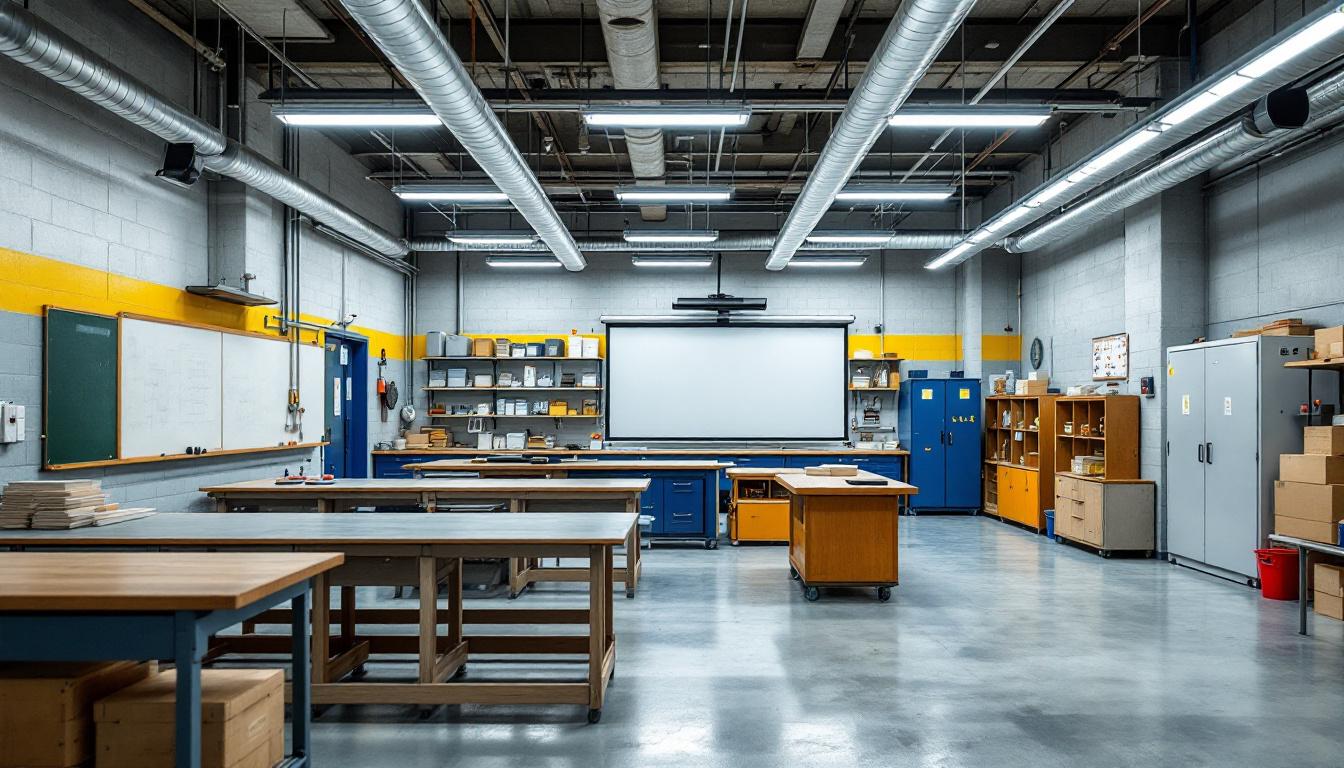
About Julius Klein Conservation Camp #19
Nestled within the Angeles National Forest near the San Gabriel River, Julius Klein Conservation Camp #19 can be found in Azusa, California, where it has served the community since opening on March 1, 1986. This facility operates through a joint partnership between the California Department of Corrections and Rehabilitation (CDCR) and the Los Angeles County Fire Department (LACFD), combining correctional oversight with specialized firefighting expertise. The camp’s location in the mountainous terrain of Los Angeles County provides an ideal setting for both emergency response operations and conservation work throughout the region.
The facility supports emergency response efforts by maintaining six incarcerated hand crews who respond to fires, floods, and other natural disasters affecting local, state, and federal jurisdictions. Under the guidance of LACFD fire personnel, participants receive comprehensive wildland firefighting training that emphasizes safety protocols, physical conditioning, and specialized knowledge of fire suppression techniques. This training program typically prepares individuals to conduct firefighting operations while maintaining high standards of work production and safety awareness. Beyond emergency response, the camp’s mission extends to year-round community service and conservation projects, with crews often engaging in activities such as brush clearing and road maintenance as determined by LACFD personnel.
Julius Klein Conservation Camp #19 may offer participants opportunities to develop valuable vocational skills in areas including construction, woodworking, carpentry, electrical work, general mechanics, welding, and concrete work. The facility’s structure, which includes ten CDCR personnel and thirteen LACFD staff members overseeing the hand crews and additional support roles, creates an environment where individuals can learn essential life skills such as dedication, commitment, and teamwork. These programs often serve as stepping stones for participants seeking to build practical job skills while contributing meaningfully to public safety and community conservation efforts throughout Los Angeles County and California.
Programs & Services
Wildland firefighting training and emergency response preparation form the cornerstone of programming at Julius Klein Conservation Camp #19, where incarcerated individuals develop critical skills while serving their communities. The facility’s collaboration with the Los Angeles County Fire Department provides comprehensive training that prepares participants for wildland firefighting operations while maintaining high standards of safety, physical conditioning, and work production. Beyond emergency response, the camp offers hands-on learning opportunities in construction, woodworking, carpentry, electrical work, general mechanics, welding, and concrete work, giving participants valuable trade skills that support successful reentry.
The camp’s programming emphasizes both community service and personal development, with six incarcerated hand crews completing year-round conservation projects and community service work as determined by the Los Angeles County Fire Department. These projects may include brush clearing, road maintenance, and various conservation efforts throughout the Angeles National Forest area. The structured environment promotes essential life skills including dedication, commitment, and teamwork—qualities that serve participants well both during their incarceration and upon release.
While the facility’s primary focus centers on firefighting and conservation work, Julius Klein Conservation Camp #19 may offer additional support services typical of California correctional facilities, such as educational programming, substance abuse counseling, and reentry preparation assistance. The camp’s location in the Angeles National Forest near the San Gabriel River provides a comprehensive setting where participants can develop job skills while contributing meaningfully to public safety and environmental conservation efforts throughout Los Angeles County and California.
Daily Life & Visitation
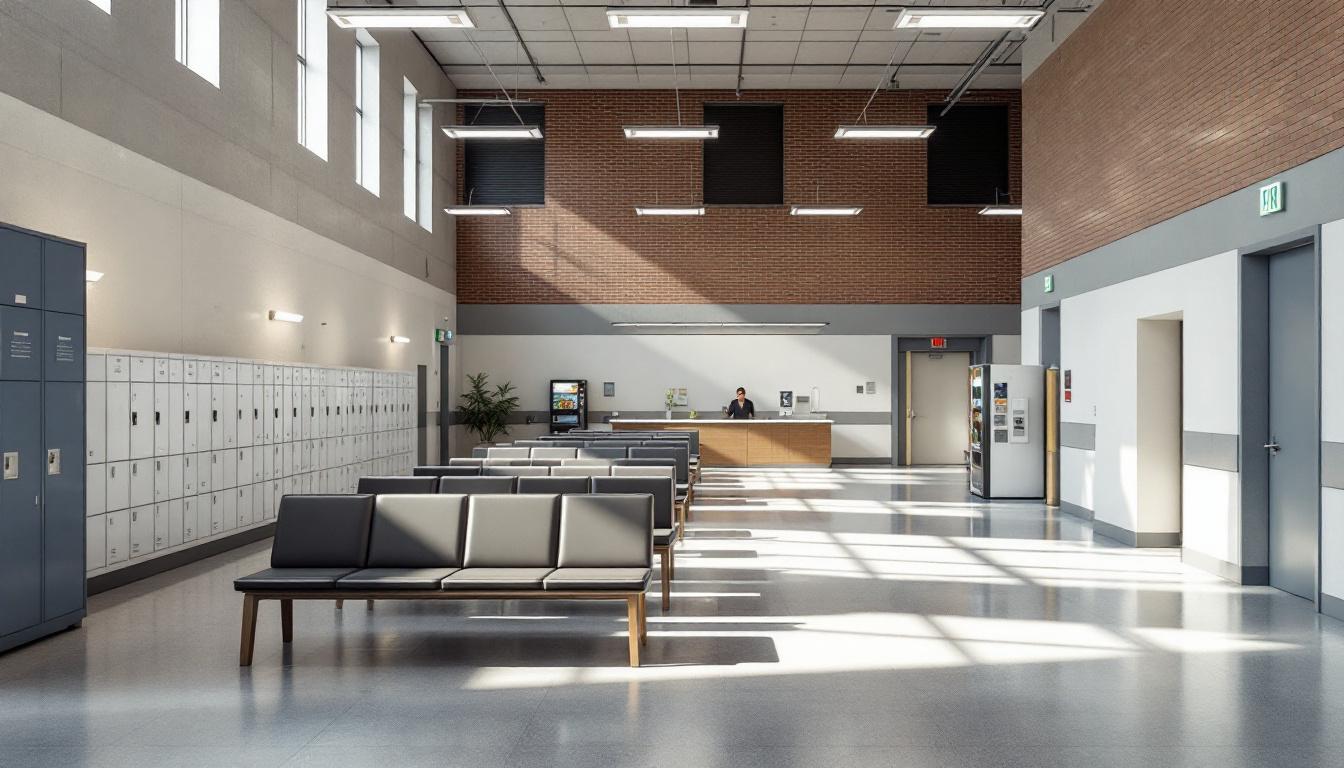
Situated in the Angeles National Forest near the San Gabriel River, Julius Klein Conservation Camp #19 operates as a joint facility between CDCR and the Los Angeles County Fire Department, where incarcerated individuals participate in specialized wildland firefighting training and emergency response operations. The camp’s structured environment typically begins before dawn, with participants engaging in physical conditioning exercises designed to maintain the high fitness standards required for wildland firefighting operations. Throughout the day, residents may participate in various skill-building programs including construction, woodworking, carpentry, electrical work, general mechanics, welding, and concrete work, providing valuable vocational training alongside their emergency response duties.
The camp’s six hand crews often respond to fires, floods, and other emergencies throughout Los Angeles County and California, while also completing year-round community service and conservation projects as determined by LACFD personnel. When not responding to emergencies, participants typically engage in conservation work such as brushing roads and maintaining forest areas within the Angeles National Forest. The facility emphasizes teamwork, dedication, and commitment, with LACFD fire personnel providing comprehensive training that prepares participants for safe wildland firefighting operations while maintaining rigorous safety standards and work production expectations.
Family communication and visitation at Julius Klein Conservation Camp #19 may follow standard CDCR policies, though specific visiting schedules and contact procedures should be confirmed by calling the facility at (626) 910-1213 or (626) 910-1290. The camp’s location in the forest setting, combined with its focus on emergency response training and community service work, often provides participants with opportunities to develop practical life skills and work experience that may benefit them upon release. The collaborative operation between CDCR staff and Los Angeles County Fire Department personnel creates a comprehensive environment focused on public service and skill development.
Ready to Connect?
Start communicating with your loved one today
Search for an Inmate
